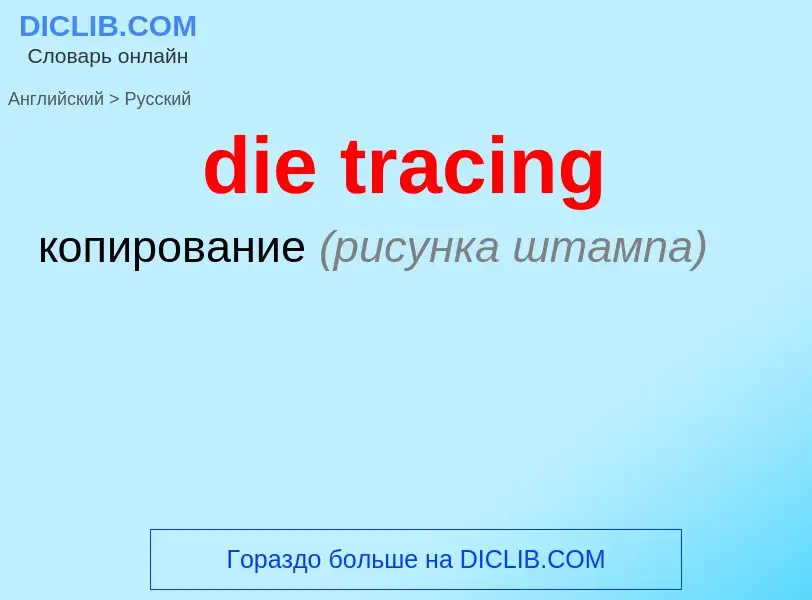Vertaling en analyse van woorden door kunstmatige intelligentie ChatGPT
Op deze pagina kunt u een gedetailleerde analyse krijgen van een woord of zin, geproduceerd met behulp van de beste kunstmatige intelligentietechnologie tot nu toe:
- hoe het woord wordt gebruikt
- gebruiksfrequentie
- het wordt vaker gebruikt in mondelinge of schriftelijke toespraken
- opties voor woordvertaling
- Gebruiksvoorbeelden (meerdere zinnen met vertaling)
- etymologie
die tracing - vertaling naar russisch
общая лексика
зачистка грата в штампе
Definitie
Wikipedia

Path-tracing is a computer graphics Monte Carlo method of rendering images of three-dimensional scenes such that the global illumination is faithful to reality. Fundamentally, the algorithm is integrating over all the illuminance arriving to a single point on the surface of an object. This illuminance is then reduced by a surface-reflectance function (BRDF) to determine how much of it will go toward the viewpoint-camera. This integration-procedure is repeated for every pixel in the output-image. When combined with physically-accurate models of surfaces, accurate models of real light-sources, and optically-correct cameras, path-tracing can produce still images that are indistinguishable from photographs.
Path-tracing naturally simulates many effects that have to be specifically-added to other methods (conventional ray-tracing or scanline rendering), such as soft shadows, depth of field, motion blur, caustics, ambient occlusion, and indirect lighting. Implementation of a renderer including these effects is correspondingly simpler. An extended version of the algorithm is realized by volumetric path tracing, which considers the light scattering of a scene.
Due to its accuracy, unbiased nature, and algorithmic simplicity, path tracing is used to generate reference images when testing the quality of other rendering algorithms. However, the path tracing algorithm is relatively inefficient: A very large number of rays must be traced to get high-quality images free of noise artifacts. Several variants have been introduced which are more efficient than the original algorithm for many scenes, including bidirectional path tracing, volumetric path tracing, and Metropolis light transport.






